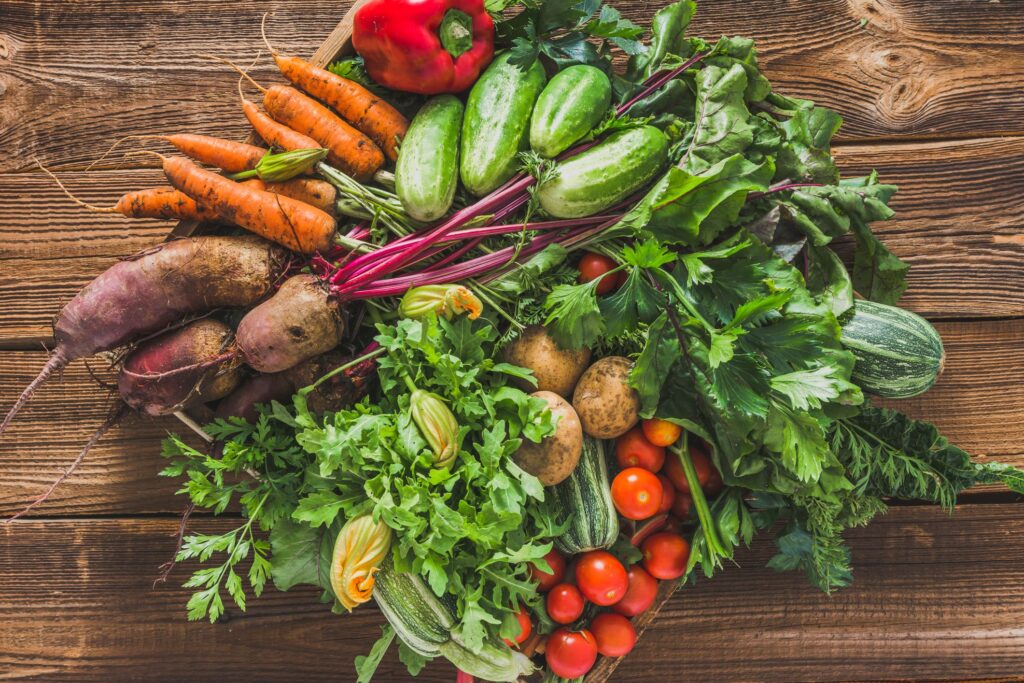By Charmaine Peters, Arden Farm Director

The impacts of inflation and now tariffs have begun to hit hard at restaurants and grocery stores. Eating healthy is going to take a bigger bite out of your wallet as retailers respond to cost increases for produce imports. If you have been putting off that dream of starting a garden, this might be the right time to finally do it. Those of us living in South Florida have an advantage over the rest of the country. Our growing season is just beginning now. While our friends to the North are putting away their garden gloves, we are able to grow well into next Spring.
Healthy Soil
If you are new to the garden game, the first thing you need to understand is the concept of soil health. Whether you grow directly in the ground or in a raised bed, the soil must have certain characteristics to properly support plant life. Healthy soil needs to be alive, to be loose, to hold moisture, and to contain nutrients.
Soil that is alive means it is full of active (not dormant), invisible microorganisms. These tiny microbes form a mutually beneficial relationship with the roots of plants. The plant provides food to the microbes in the form of plant sap, and in turn, the microbes protect the plant from pests and diseases.
A loose soil has room between the soil particles for the roots of plants to push their way through the soil. This allows the roots to grab and take up water and nutrients. Now loose soil doesn’t mean it has so much air space that the roots dry up. Instead, it has just the right amount of cracks and crevices that allow water to be stored and for that water to infiltrate down into the root zone.
So far we have described soil that is alive, loose, and moist. The final characteristic of healthy soil is that it contains nutrients. Plants get carbon, hydrogen, and oxygen from air and water. Some of that air and water reaches the plant from above ground, but the soil around the roots contributes too.
Organic Matter
In addition to carbon, hydrogen, and oxygen, plants need many other macronutrients and micronutrients. For instance, plants need nitrogen, phosphorous, potassium, magnesium, calcium, boron, zinc, etc. How do these nutrients get into the soil? They come from decomposing organic matter. When any living matter dies, it begins to break down into its smallest, most basic components. Those components are the molecules that are present in soil and provide nutrition for plants.
Sources of Organic Matter
Organic matter is basically a waste product. Yard waste, kitchen waste, animal waste, and insect waste are all good sources of nutrients for your soil. Of these types, animal waste must be aged before you add it to your garden soil because fresh animal waste has the potential to pass on disease. The generic term for decomposed organic matter is called compost. You can make your own, but it’s a process. The easy way for beginners is to purchase compost by the bag at your local garden center.
Getting Dirty
Spread the compost two to three inches thick on top of your garden plot and then lightly incorporate it into your top soil with a spade or shovel. Top soil, by the way, is the soil already in your yard. It can also be purchased if your soil is non-existent or if you are making raised beds. Be sure your plot is in a sunny area that gets 6 to 8 hours of direct sunlight. Also check that the soil is well-drained (not soggy).
Your local garden center should have a selection of starter plants (seedlings). Begin small with a few of your favorite vegetables. Space the plants according to directions and water at the base whenever possible. Vegetable plants are highly susceptible to fungal diseases in the warm, moist, South Florida climate. Proper spacing and avoiding overhead watering can dramatically increase your disease resistance and your yield of veggies.
There is no guarantee that your hard work will pay off, but as one of my favorite garden bloggers recently wrote: “You can’t pick it if you don’t plant it.”

